This post is also available in: Español (Spanish) Kreyòl (Haitian Creole)
Two years have passed since a moment of racial reckoning spread across many of our cities and towns, sparked by the globally publicized murders of George Floyd, Breonna Taylor and Ahmaud Arbery. We knew at the time that these were not isolated events; they were not the first nor the last men, women or people of color to be killed at the hands of law enforcement or neighbors.
In May 2020, many people and organizations felt a new or renewed sense of urgent, shared purpose. We felt the power of solidarity as we joined with our neighbors, coworkers, relatives – and people we didn’t know – standing together against systemic racialized violence.
Events during that time motivated many to deepen individual, communal or organizational commitments to racial equity and justice. For others, as was feared, a moment became just a moment.
How are people and organizations continuing to carry the commitments made two years ago forward in action? How are we maintaining – or renewing – the solidarity needed to transform the systems that continually disrupt the lives of children, families and communities of color? Here are a few ideas.
Solidarity in neighborhoods and communities
During the sixth annual National Day of Racial Healing in January 2022, Linda Sarsour, community activist and founder of the Women’s March, encouraged us to start racial healing work where we are. Solidarity, she said, begins with getting to know our neighbors and learning about their cares and concerns. Sarsour was joined by Denese Shervington, Kent Wong and actress Julissa Calderon for the Healing and Solidarity panel.
There are many methods used for racial healing across the country. One of them is a racial healing circle – a conversation that engages the heart, where participants reaffirm each other’s humanity and acknowledge each other’s hurts through listening to one another’s stories. This level of deep understanding between people who share a block, a neighborhood, community or city, begins to form the solidarity necessary to change systems.
Racial healing conversations can be held in every home and neighborhood. This conversation guide can help you take your discussions with friends, families and neighbors to the next level.
“Sometimes it’s just about being there for somebody who might not have somebody other than you. Sometimes that is the most powerful form of solidarity.”
Linda Sarsour
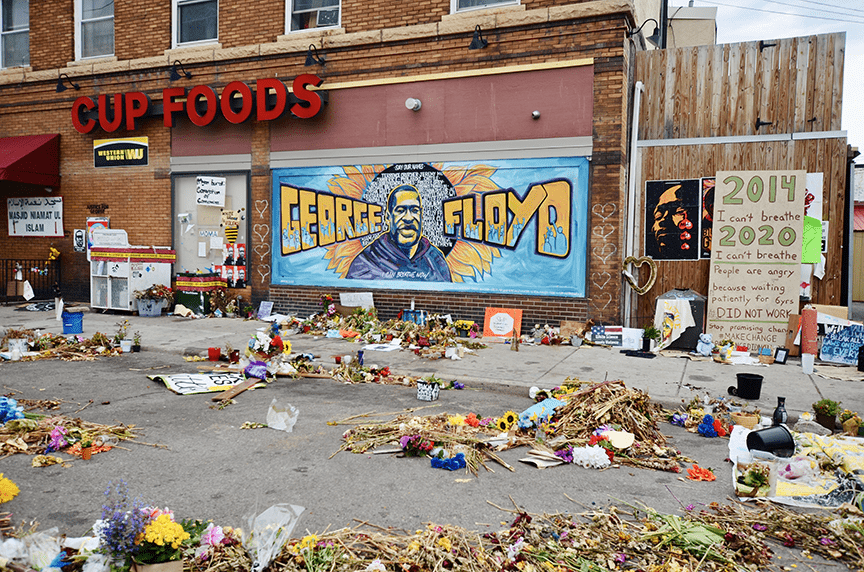
Solidarity in corporate workplaces
Summer 2020 inspired many companies to act in solidarity through words, financial commitments and practice changes. Some also realized the importance of facilitating open dialogues about race, racism and racial equity among their employees. While these efforts were often unstructured, companies leaned in because they saw the impact of George Floyd’s murder on their people.
Workplaces are communities. And, many times the same racial healing practices used in community-based settings can build trust, deepen relationships and create a culture of belonging among employees, ultimately improving overall organizational health.
Since that summer, more than 87 companies and 475 leaders have participated in a program and network called Expanding Equity. It offers the tools and human-centered approaches for advancing racial equity and racial healing as a part of corporate diversity, equity and inclusion efforts. The program helps companies embed the kinds of practices that sustain solidarity, transformation and belonging company-wide.
One practice introduced is called Conocimiento, which is a Spanish word meaning “knowledge or conscience.” It is an exercise designed to help colleagues listen and learn from one another. Originally used in the Farm Workers’ Movement in California as a way to bring people together and identify what is beautiful and present, it centers each human experience as meaningful and worthy. It can build connections and understanding of one another’s stories and identities so that stronger, healthier, authentic relationships can develop within teams.
“The Conocimiento Principle, a principle of the Latino movement for transformation and equity, recognizes that common unity begins with the process of shared awareness and understanding, or Conocimiento.”
Roberto Vargas, Ph.D
One leader in the Expanding Equity network says that “business results can get in the forefront of people first … Conocimiento was a great activity to help us with that – the building relationships, getting to know people, understanding uniqueness, the whole structure around it and ensuring that it was part of every single program.”
A Conocimiento begins by choosing a prompt for a group of employees to respond to. An example:
- Tell a story of a time you felt a deep sense of belonging, or exclusion, in the workplace.
- How did that moment influence or change your life, or the lives of others?
- What emotions surrounded this experience?
A facilitator first reminds the group of the purpose of Conocimiento: to listen and learn from each other. Next the group sets agreements to encourage dialogue, mutual respect and deep listening to what others share. Then the prompt is shared with each person invited to respond. Participants thank one another for sharing. No other responses are expected. The facilitator ultimately closes the conversation, extending gratitude and inviting people to share how the conversation impacted them if they choose.
Over time, when the Conocimiento is practiced regularly, employees and teams can experience deeper trust and improved collaboration because of the deeper, authentic relationships that are built.
Resources
- Conversation Guide: Talking about Racism, Racial Equity and Racial Healing with Friends, Family, Colleagues and Neighbors, W.K. Kellogg Foundation
- Bridging & Breaking Dialogues of Belonging, Haas Institute for a Fair and Inclusive Society

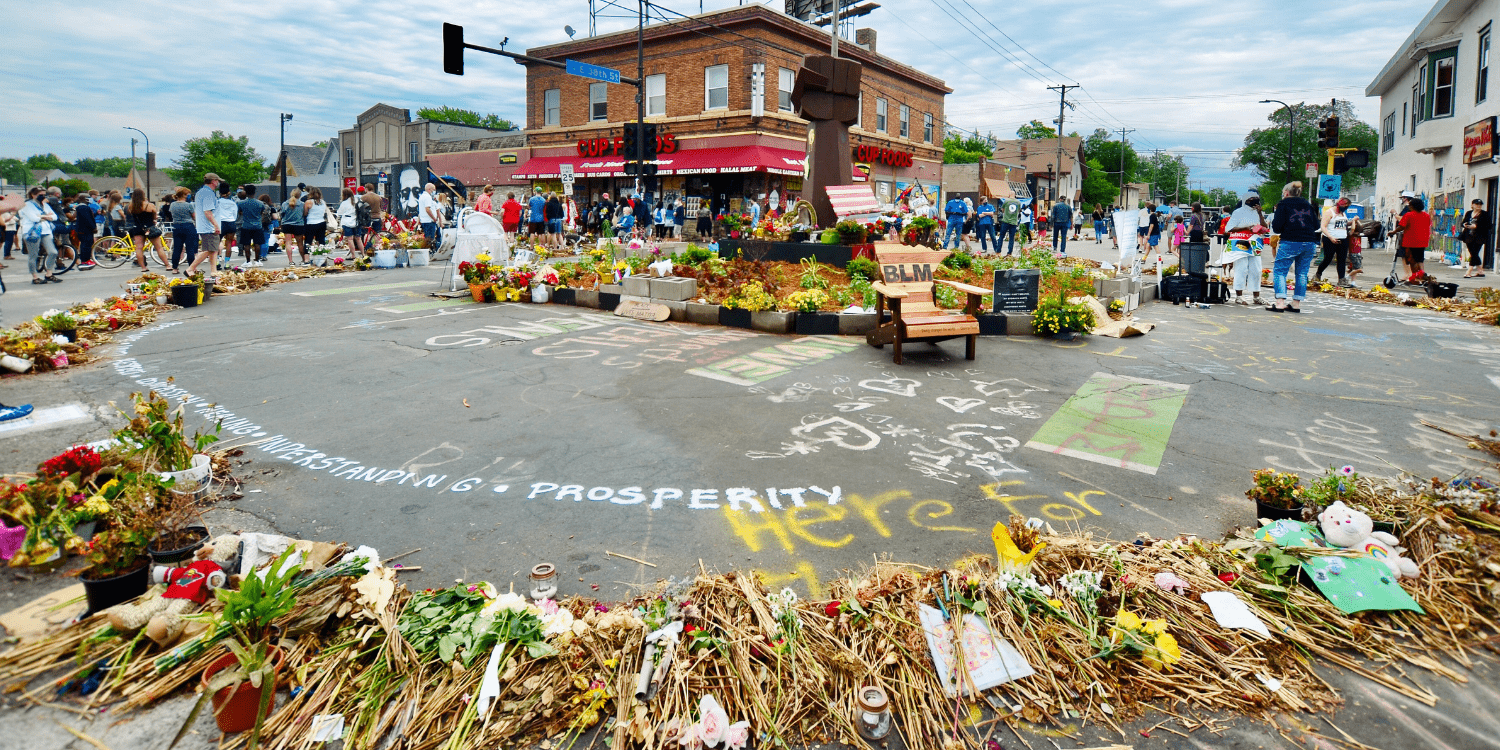
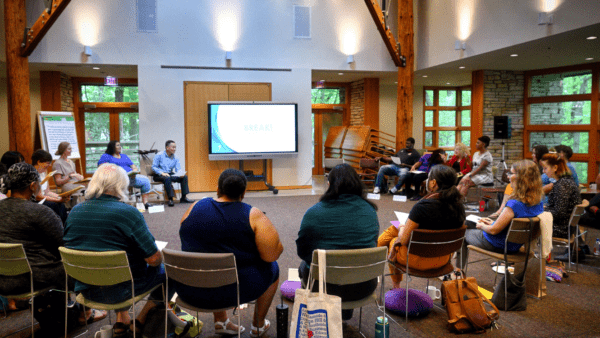
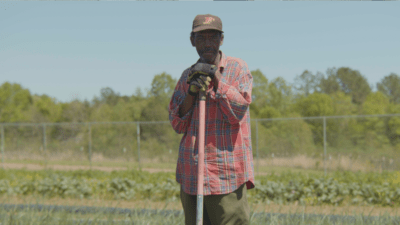
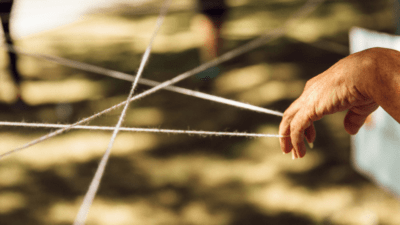
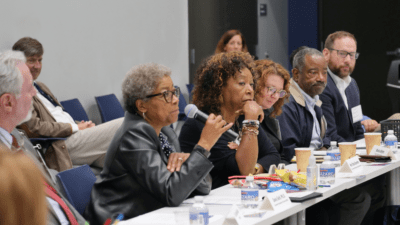
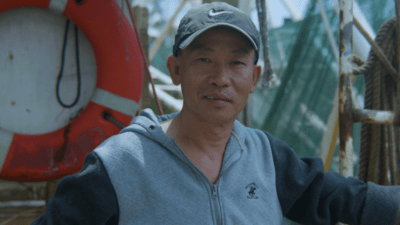

Comments